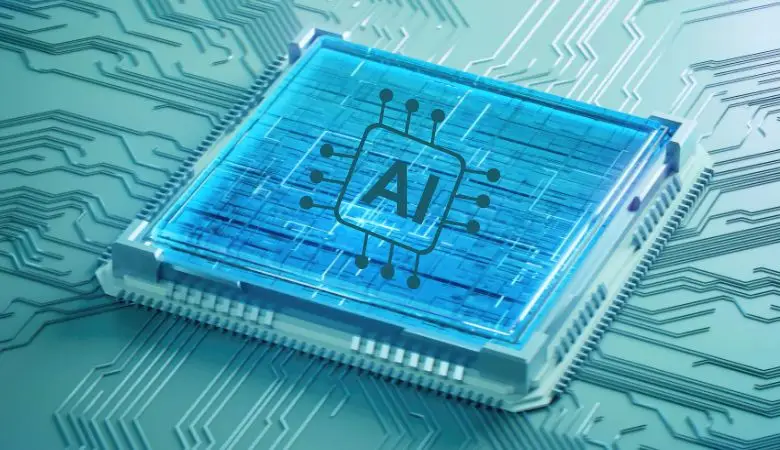Fog Computing: How it Works and What it is For

Fog computing goes beyond the cloud, also known as ‘Fog Computing‘. Today we explain what it is, how it works and how it can be pretty helpful for closer interaction and real-time.
Although this may seem inappropriate to describe a new technology, it is quite the opposite.
Fog computing is one of the latest advances in cloud computing technology. The truth is that it dramatically optimizes the custody and access to data of any user, company or organization. Let’s see how.
What is Fog Computing?
The fog can be defined as that concept within the fabric of a network that extends from the outer edges where data is created to store it, whether in the cloud or a customer data centre.
To understand it in a much simpler way, let’s say that instead of a cloud network that hosts large amounts of data and information and applications, what fog computing does is extend the cloud to many more data centres.
These data centres can be as complex and massive as they are small.
In one way or another, they will generate a more fluid level of traffic in the cloud instead of going to the central, closer to the users who use specific applications or services. Still, ultimately everything ends up in the cloud. So let’s consider this point as necessary.
Let’s think, for example, that five cities use the same store. While the store is running at total capacity, it may be overwhelmed by excess shoppers and a possible lack of resources.
To solve this possible collapse, fog computing appears on the scene. This type of fog computing assigns a score to each city in which resources are distributed more equitably, where transactions flow too much closer locations, increasing quality and customer experience.
Fog Computing: Ideal for IoT
IoT or Internet of Things devices constantly generates a large amount of data and provides information quickly. To provide this data, you should minimize latency with a bandwidth that guarantees connectivity and security.
At this point, fog computing can provide excellent solutions, especially if you can count on data centres closer to the end-user.
Benefits of Fog Computing
Mist nets are not substitutes for the cloud and are not intended to make the cloud disappear, and not much less. Instead, they have a complementary function and extension of the cloud, making it much closer to the user and allowing new forms of interaction.
In any case, fog computing registers benefits, among which stand out,
Fewer costs. If the bandwidth is lower, this will affect the price. Of course, the initial investment for its implementation will be higher.
Fog computing generates greater agility in management and analysis in companies.
It will allow you to improve productivity and create applications faster.
It improves security; transferring the data over a shorter distance makes it easier to control the sending and receiving of the same.
In short, this new development in the cloud will suffer its expansion process. Still, as the Internet evolves, the path towards fog computing and distributed computing may become more and more evident.






